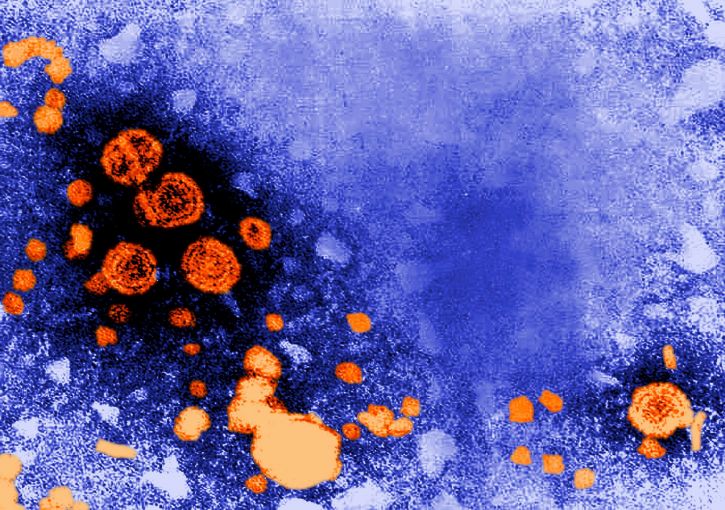
Cooked foods also can transmit HAV if the temperature during food preparation is inadequate to kill the virus or if food is contaminated after cooking, as occurs in outbreaks associated with infected food handlers.


Uncooked HAV-contaminated foods have been recognized as a source of outbreaks. Transmission currently occurs primarily among susceptible adults.Ĭommon-source outbreaks and sporadic cases can occur from exposure to fecally-contaminated food or water. Before routine vaccination of children was recommended, children were a key source of infection because most infected children had no symptoms and could shed virus in stool for weeks or months. Peak infectivity in infected people occurs during the two week period before the onset of jaundice when the concentration of virus in the stool is highest and most people are no longer infectious one week after jaundice onset. Person-to-person spread through the fecal-oral route is the primary means of HAV transmission. Hepatitis A signs and symptoms usually resolve in 2-3 months, although 10% to 15% of symptomatic people have prolonged illness (usually referred to as relapsing hepatitis A) lasting up to 6 months and should be considered infectious during that time. In older children and adults, infection typically is symptomatic, with jaundice occurring in more than 70% of patients. When illness does occur in young children, it is typically not accompanied by jaundice. In children younger than age 6 years, 70% of infections are asymptomatic.

The likelihood of having symptoms with HAV infection is related to age. Illness caused by HAV infection cannot be distinguished from other types of acute viral hepatitis, but it typically has an abrupt onset that can include fever, malaise, anorexia, nausea, abdominal discomfort, dark urine, and jaundice. What are the signs and symptoms of hepatitis A? It is not related to the common viruses that cause hepatitis B or C. Hepatitis A is a liver disease common in many parts of the world and caused by hepatitis A virus (HAV), a picornavirus that causes acute inflammation of the liver.


 0 kommentar(er)
0 kommentar(er)
